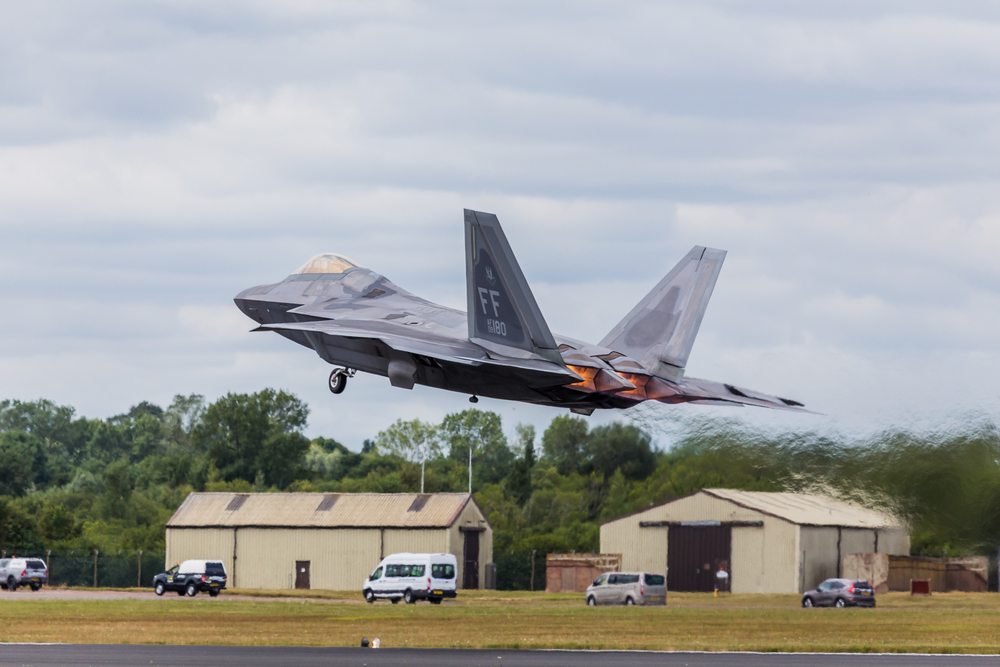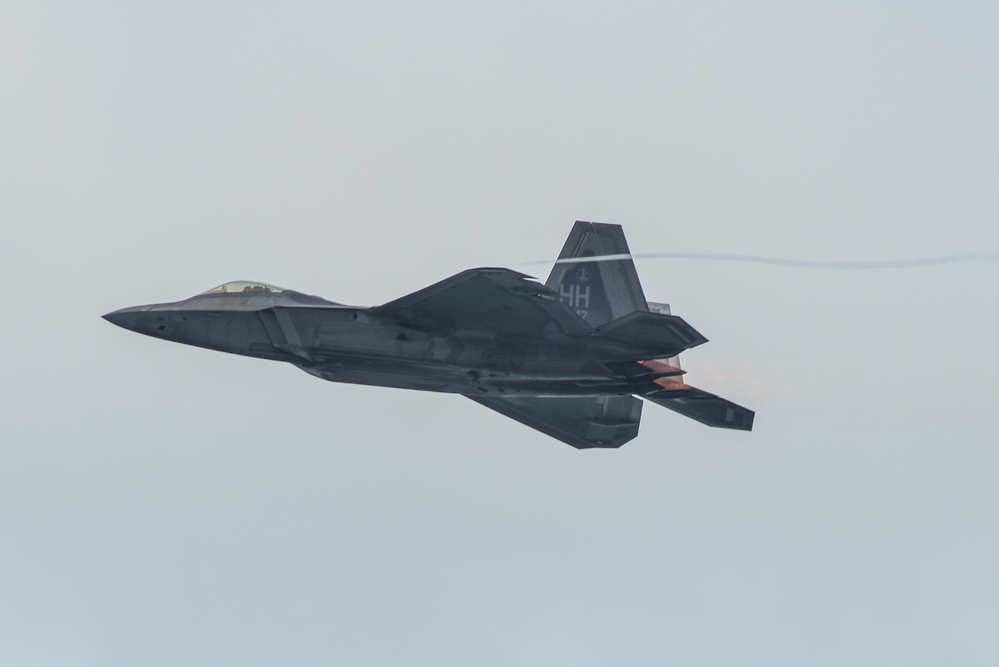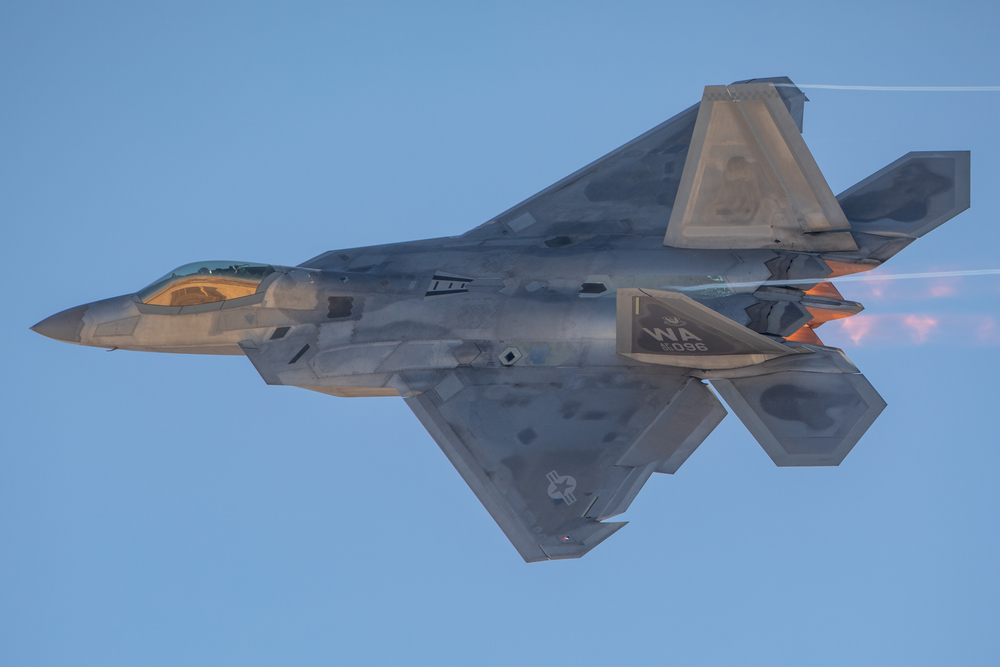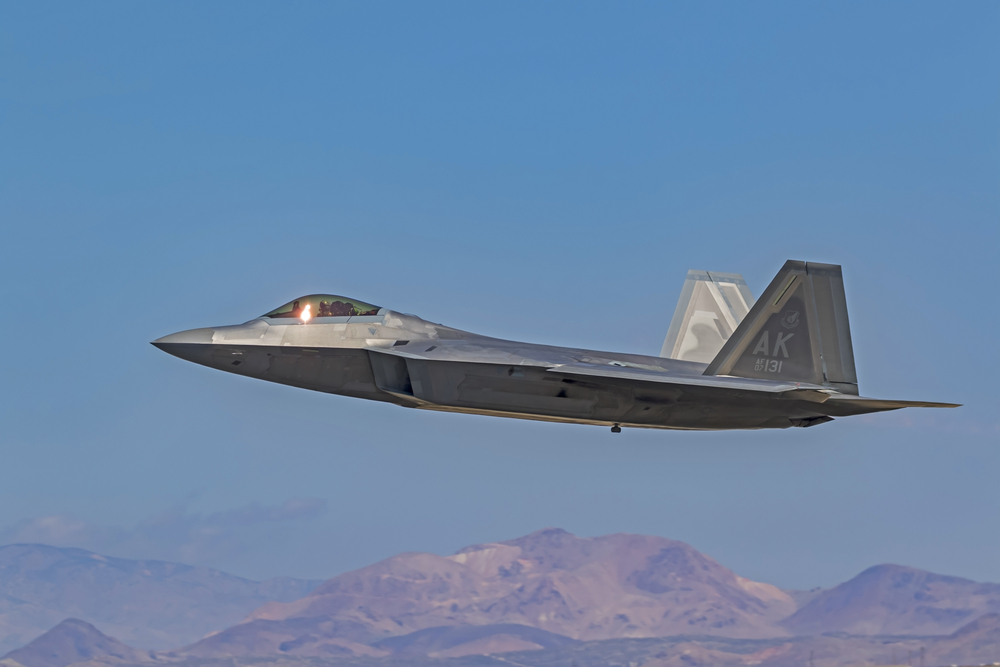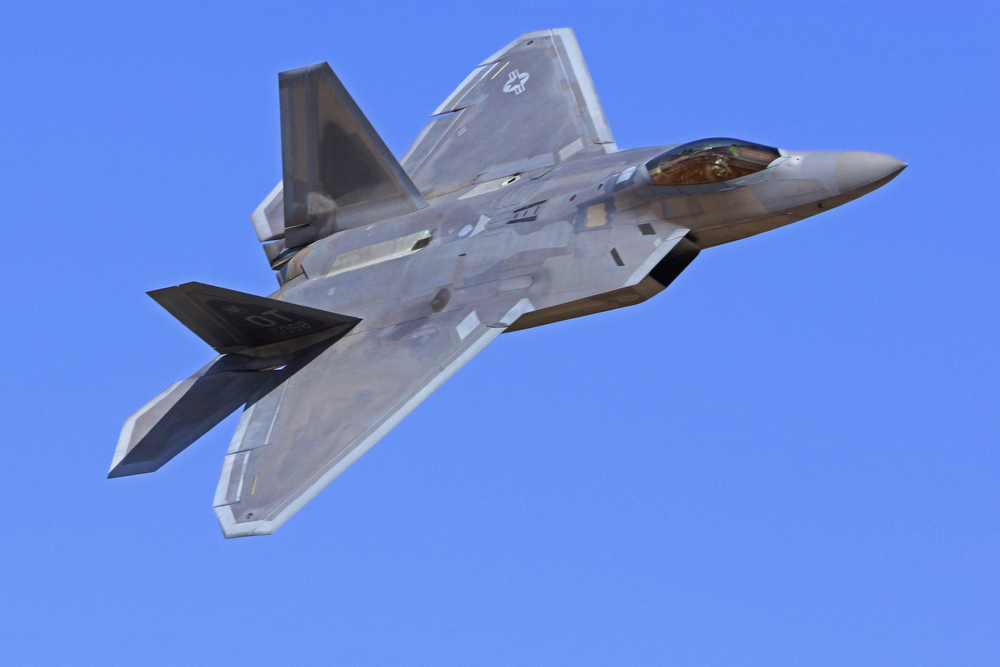
In an era where rapid technological advancement and strategic agility are paramount, the United States Air Force (USAF) has set in motion the retirement of the F-22 Raptor, an aircraft that once epitomized air superiority. This decision, rooted in evolving military needs and fiscal pragmatism, underscores a broader shift in focus towards the next horizon of aerial combat—embodied by the Next Generation Air Dominance (NGAD) program.

Since its inception, the Advanced Tactical Fighter (ATF) program, which gave rise to the F-22 Raptor, sought to replace aging F-16 Fighting Falcons and F-15 Eagles with a technological marvel capable of securing air dominance. Despite the F-22’s groundbreaking capabilities and its designation as a 5th generation fighter, the program has faced numerous challenges, culminating in its scheduled sunset by 2030.

The F-22’s journey began in 1997 with high aspirations, but geopolitics and fiscal realities soon imposed constraints. By the time the Raptor entered service in December 2005, the USAF’s operational focus had shifted towards counterinsurgency roles where the F-22’s advanced features were less critical. This shift, along with budget cuts in 2009, resulted in a truncated fleet of just 186 Raptors, far fewer than the originally planned 750.
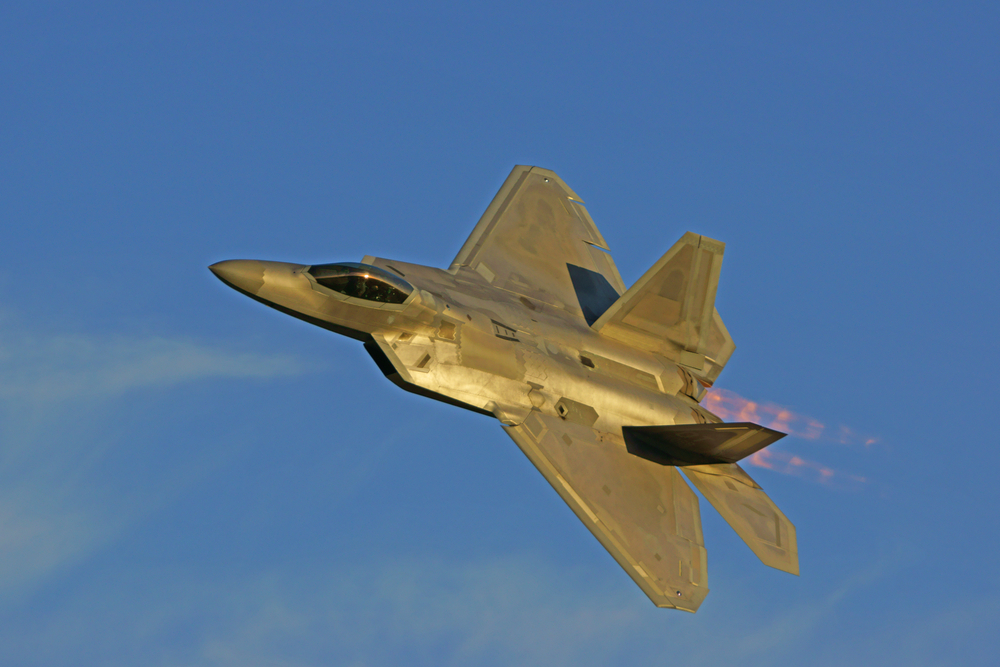
The cancellation of the F-22 program in 2011 signaled a clear pivot towards the F-35 Lightning II, a more cost-effective platform. Despite a $11 billion investment in F-22 updates, the Raptor’s aging avionics and lack of modular design for system improvements made its longevity infeasible.

With the USAF’s announcement of the F-22’s retirement, attention has turned to NGAD, the sixth-generation jet poised to take the Raptor’s place. Unlike the F-22, the NGAD promises over twice the range, new AESA radar systems, advanced stealth through tailless designs, adaptive cycle engines, and an arsenal featuring both kinetic and laser directed energy weapons—all of which represent significant advancements in military aviation technology.
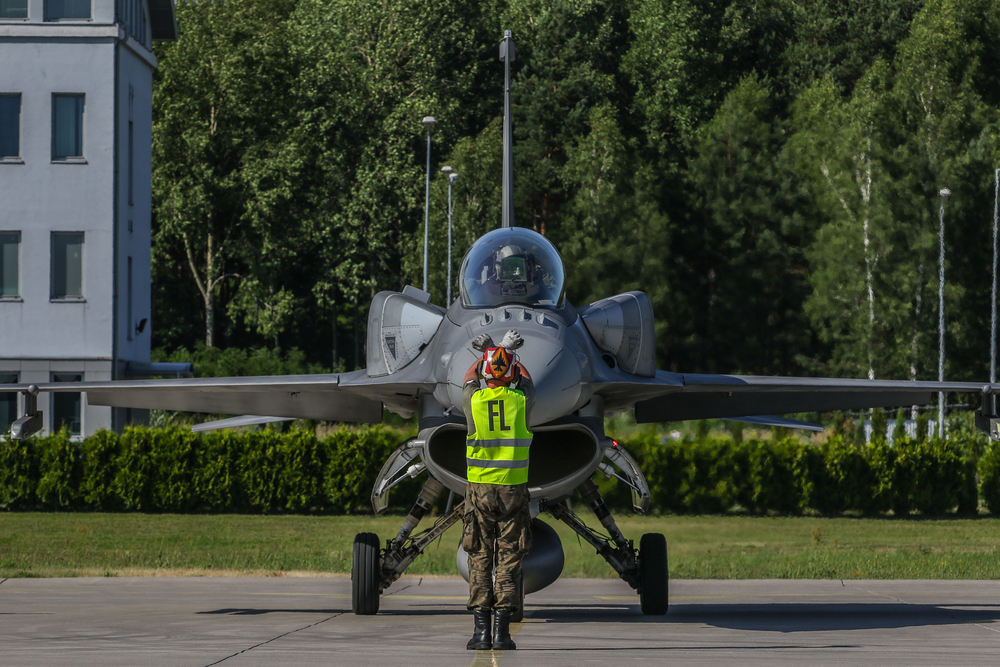
The transition to NGAD is not merely about replacing one aircraft with another; it is a strategic realignment. As Lt. Gen. Richard Moore, deputy chief of staff for plans and programs for the Air Force, emphasized, the service must make difficult choices to focus on future combat readiness, and this includes divesting from aircraft that no longer meet the requisite combat standards, such as the F-22 Block 20 jets.
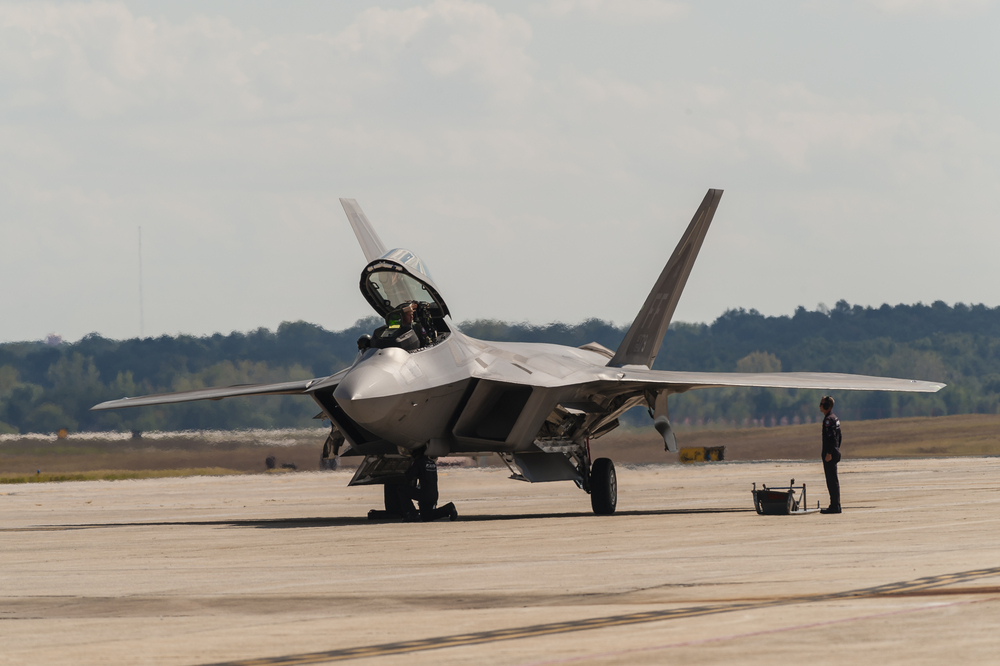
The proposed retirement of 32 F-22s from the 2024 budget has been met with some resistance. While some argue the potential utility of these aircraft, the cost and time required to upgrade them—estimated at $3.5 billion and a decade of work—do not justify the investment, especially when considering the impending arrival of NGAD.
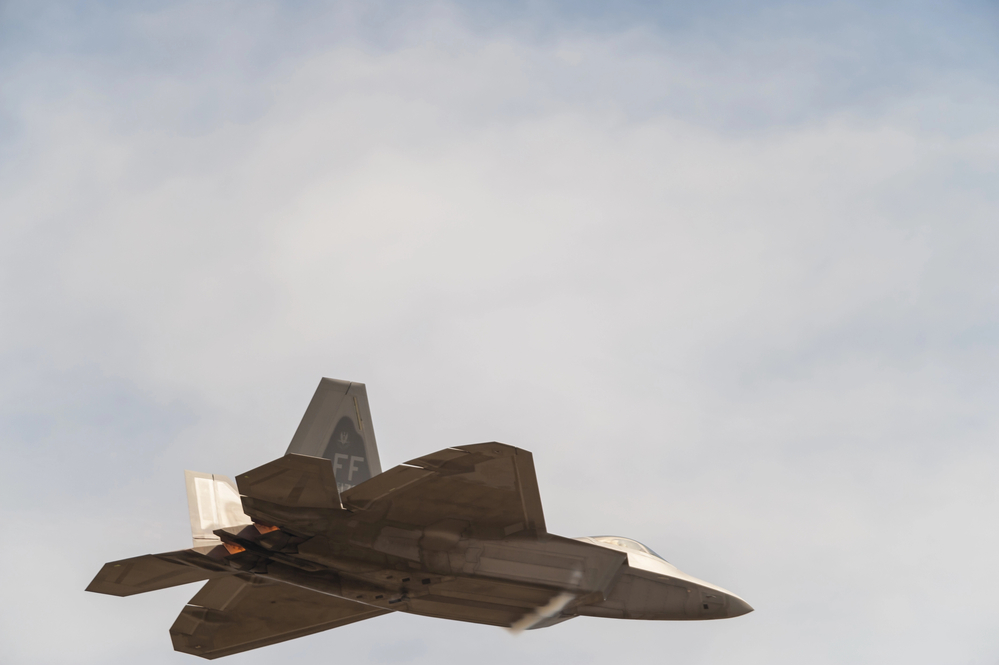
The divestment of the F-22s also reflects a concern for fiscal responsibility, with the USAF planning to reallocate the savings, roughly $485 million annually, to the NGAD program. As the F-22s face their ultimate fate—some becoming training aircraft, others museum pieces, and the rest stored at the Davis-Monthan Air Force Base’s “Boneyard” in Arizona—the Air Force is decisively steering resources towards NGAD in a bid to maintain its edge in the air.
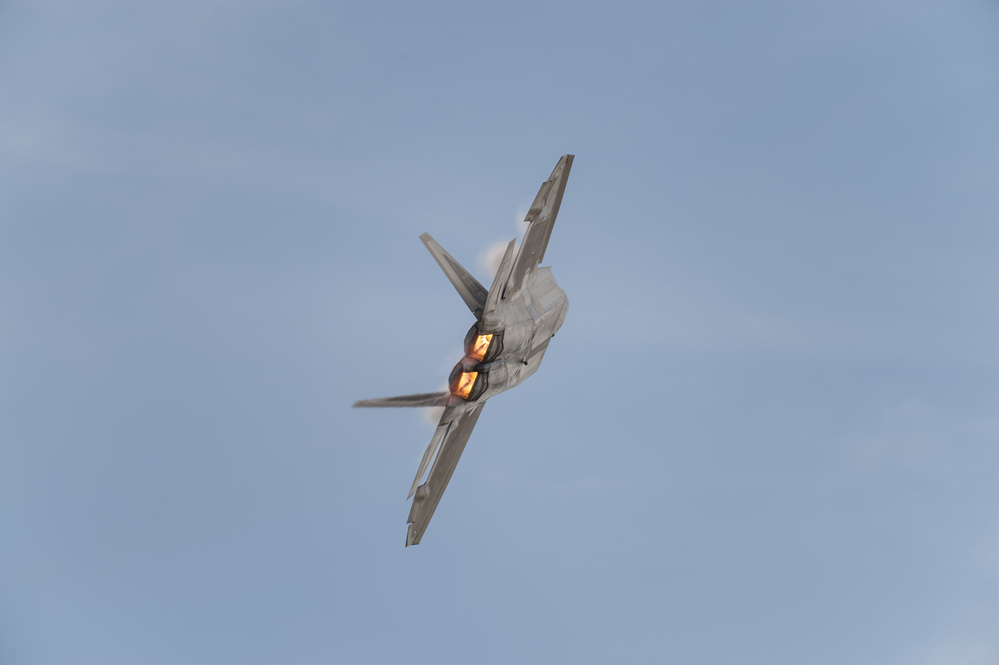
The NGAD’s development timeline remains on track, with the Air Force expecting to award the program contract in 2024 and to begin production by the decade’s end. In the shadow of the Raptor’s retirement, the NGAD program, albeit shrouded in secrecy, signals the Air Force’s commitment to innovating for the future. With potential competitors like Lockheed Martin and Boeing, the NGAD is set to redefine air dominance with an eye keenly fixed on the challenges that lie ahead.
related images you might be interested.

